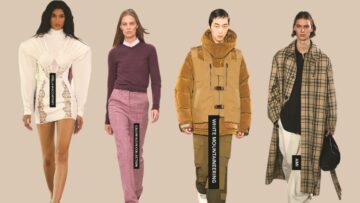
In spite of the general slowdown in the consumer goods and retail market, GoKwik’s most recent data shows that order volumes across direct-to-consumer (D2C) brands increased by 14.5 per cent during the January–March quarter.
UPI remained the most popular payment method, while prepaid orders increased 3 per cent on a quarterly basis. As convenience increases, people continue to make careful financial decisions, as seen by the stability of credit-based payments.
Gender-related insights are also evolving. The bulk of donations are still made by men, although their percentage has dropped by 2 per cent from the previous quarter. Women’s contributions, on the other hand, have grown, suggesting that a more active female consumer base is actively embracing direct-to-consumer (D2C) channels for both utility and lifestyle goods.
The average order value (AOV) decreased slightly—down 1.5 per cent from Q3—despite the increase in order volumes. While COD AOV remained constant, prepaid AOV decreased by 2.5 percent. This indicates a rationalisation of spending: consumers are still making purchases, but they are concentrating more on necessities rather than indulgence.
Due in large part to Christmas gifts, wardrobe upgrades, and beauty indulgences, fashion and beauty & personal care (BPC) were the joint leaders in Q3 FY ’25, each accounting for 25 per cent of the overall order volume. However, fashion’s portion fell to 22 per cent in Q4 FY ’25, while BPC’s contribution stayed constant. This supports the idea that consumers view beauty as a constant requirement, whereas fashion is still more occasion-driven and optional.
Regional trends remained stable. Tier-3 cities continued to lead with the highest order share, followed by Tier-1 and Tier-2 cities. Despite a slight drop in average order value (AOV) from Rs 1,359 (US $ 16.37) in Q3 to Rs 1,309 (US $ 15.77) in Q4, Tier-1 cities maintained the top position in terms of AOV.
Tier-2 cities saw a positive increase in AOV, rising from Rs 1,274 (US $ 15.35) to Rs 1,311 (US $ 15.79), reflecting growing consumer confidence and higher transaction volumes. Tier-3 cities remained steady, indicating a consistent yet budget-conscious customer base—reinforcing the outlook that rural demand is set to grow further.
Geographically, Tamil Nadu, Delhi, Uttar Pradesh, Maharashtra, and Karnataka remained the top order volumes in both quarters, demonstrating their durability as D2C strongholds with no change in regional contribution.






